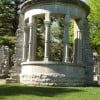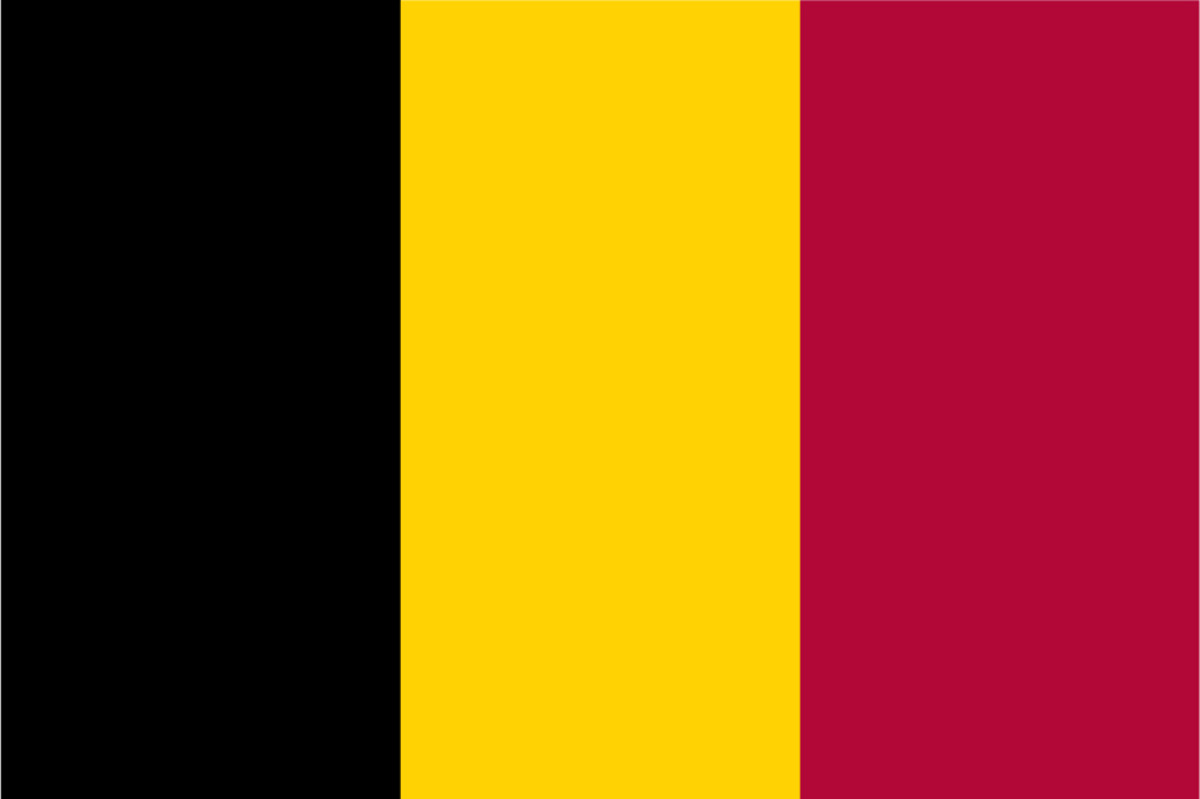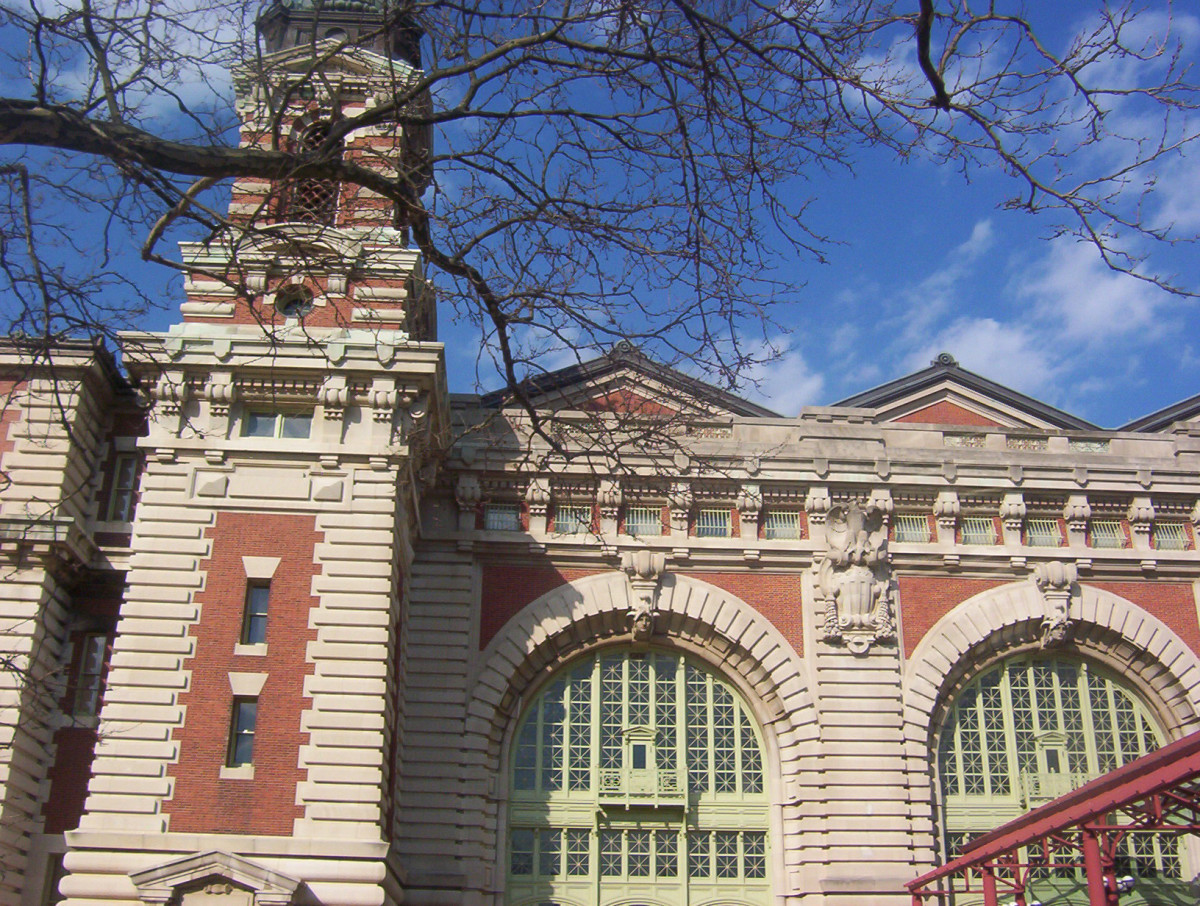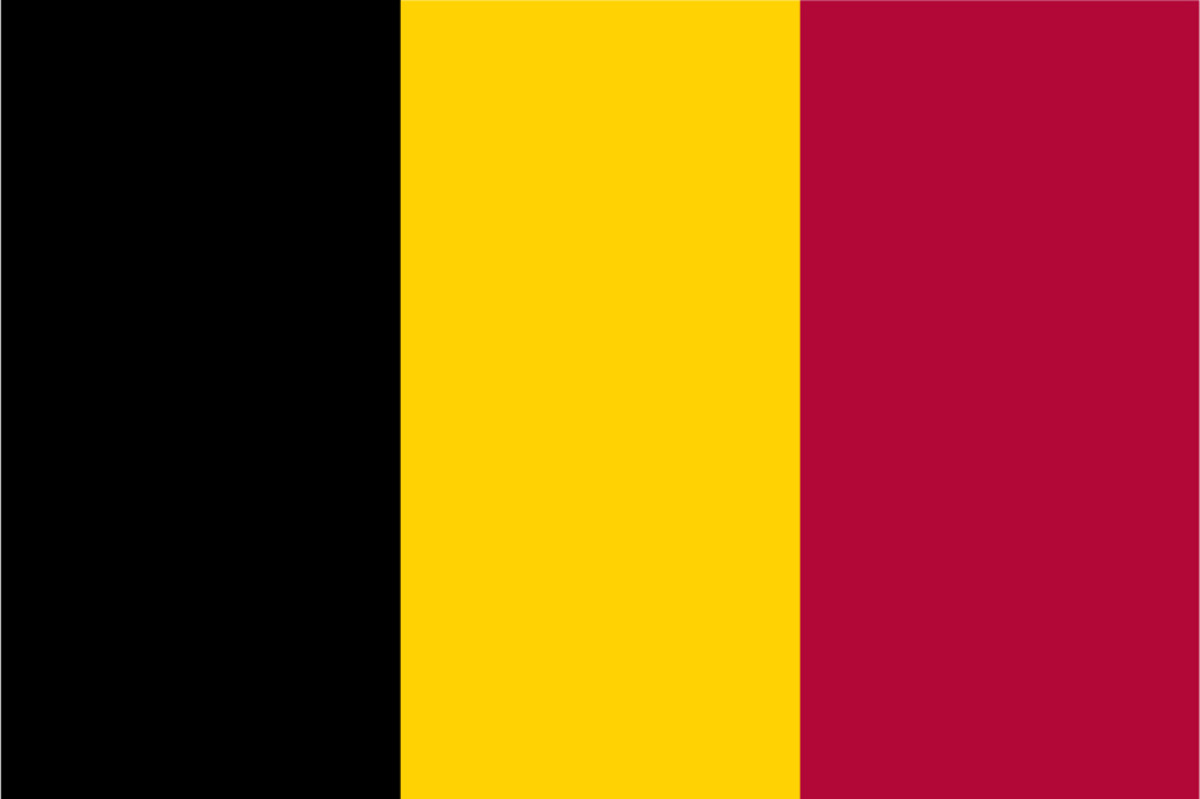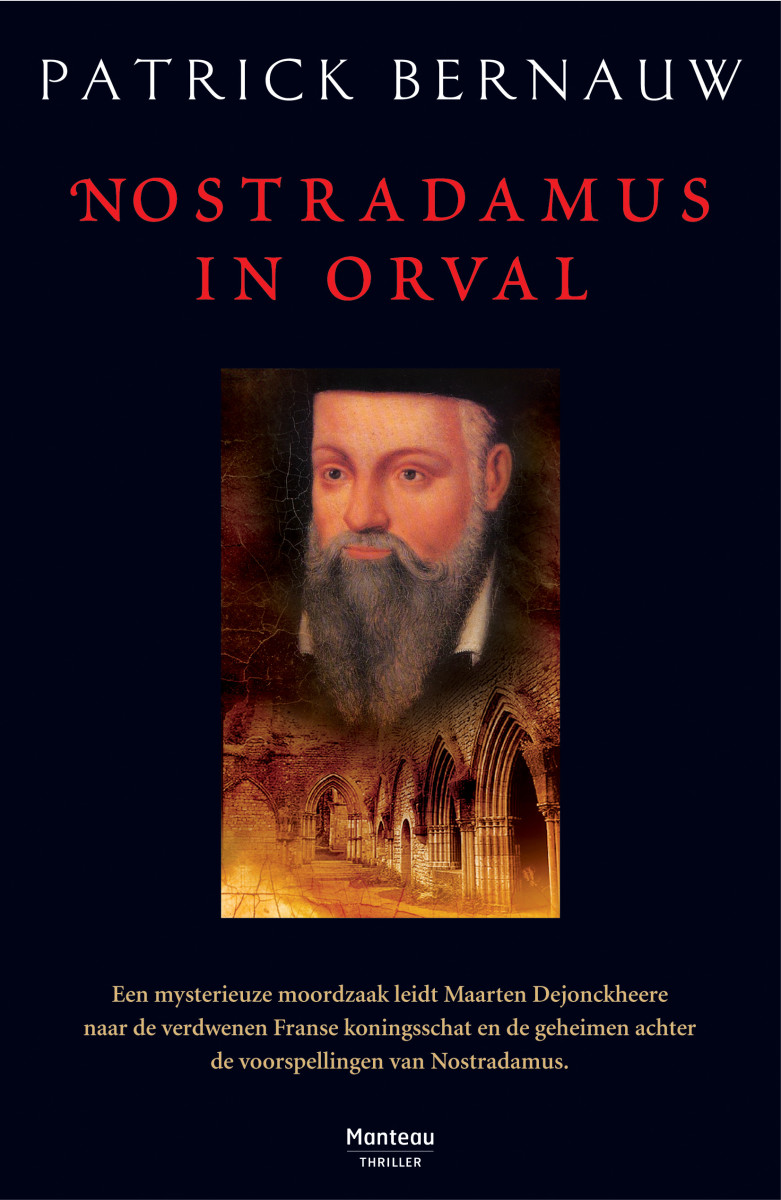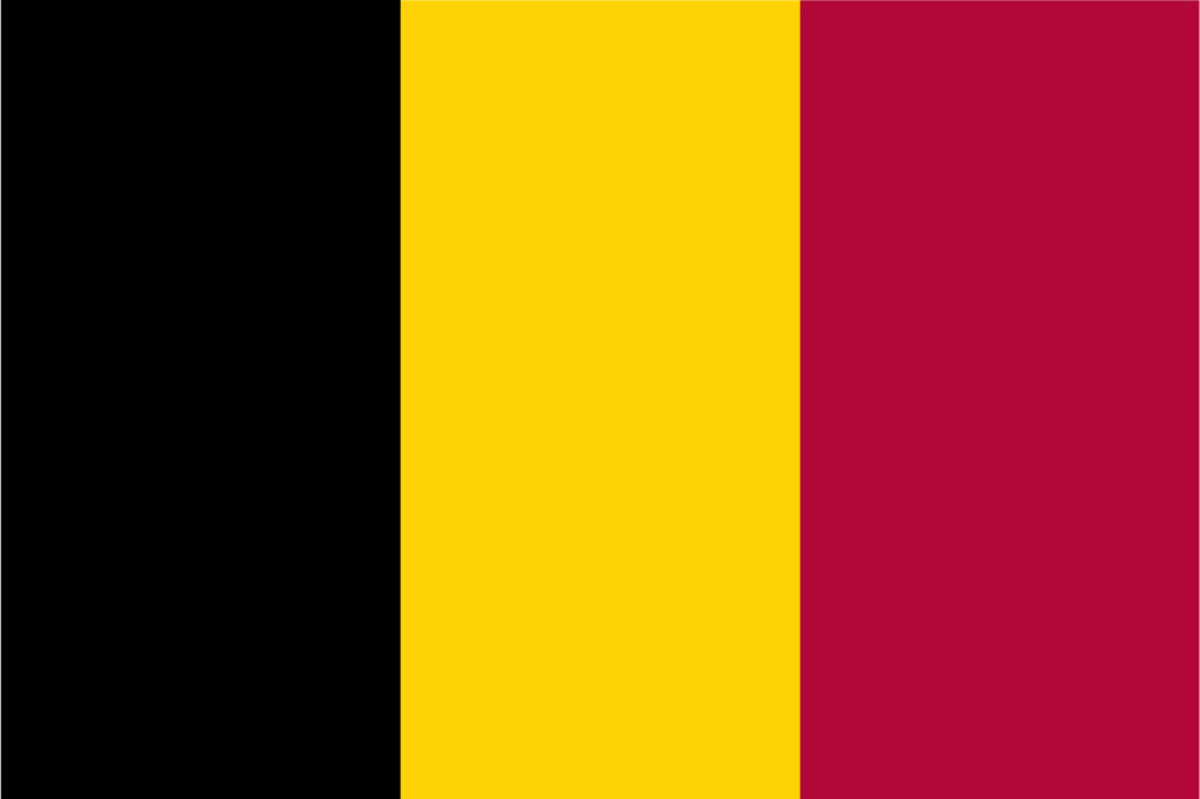Visiting the Zénobe Gramme Monument, Liège, Belgium: commemorating a distinguished Belgian inventor

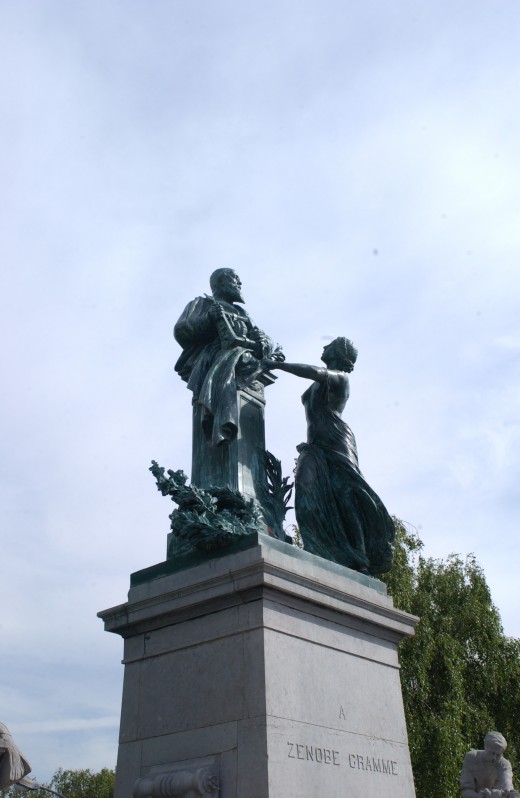
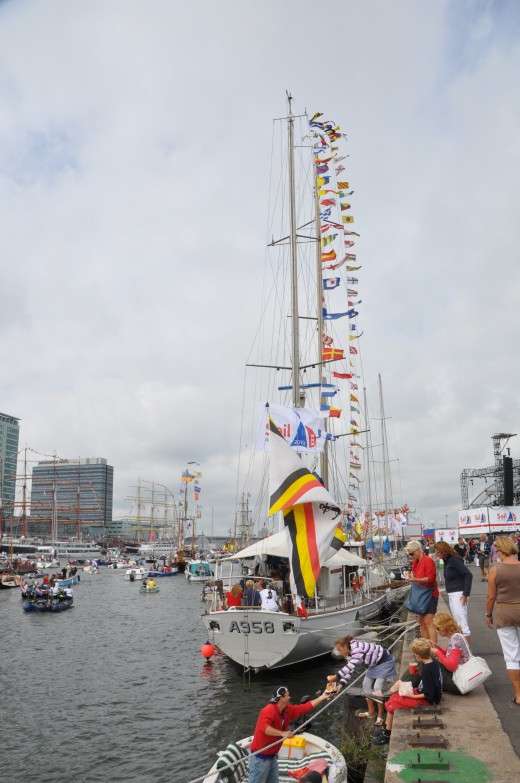
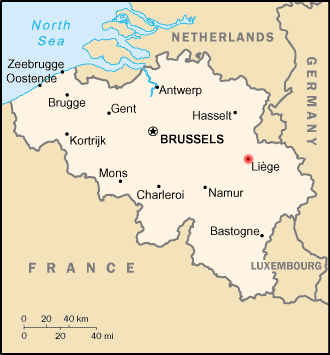
Statue and square honouring the inventor of the industrial dynamo
In Liège, situated in Belgium's Walloon region (French: Région wallonne ) is a public square and statue, near the banks of the Meuse River, dedicated to the memory of distinguished Belgian (1) inventor Zénobe Gramme (1826-1901).
Gramme worked with French industrialist Hippolyte Fontaine (1833-1910) in the perfecting of the dynamo technique, whereby a continuous electrical current could be applied to industrial use. Gramme's device — soon very widely applied — emerged in stages between 1871 and 1873.
The Monument in Liège is the creation of sculptor Thomas Vinçotte (1850-1925), with additional work by architect Charles Étienne Soubre (1846-1915). The Monument dates from 1905, a few years after the death of the scientist which it commemorates. The principal statue of Gramme is executed in bronze, with the representation of the scientist holding an example of his invention. The likeness of a muse stands nearby on the same plinth as the principal statue.
The base of the Monument has two, further statues of Gramme, executed in stone. One of these statues shows the inventor as a youth of 18; another depicts him at the age of 40.
The Monument is situated at the junction of the city of Liège's Fragnée and Fétinne bridges.
Today, some of the many other ways in which this distinguished Belgian scientist is honoured include:
*A bridge, the pont Gramme , situated near the square and statue in Liège, is named for the inventor.
*The naming for him of a sailing training vessel of the Marine component of the Belgian Armed Forces (French: Composante marine des forces armées belges ; Dutch: Marinecomponent van het Belgisch leger ).
*The Gramme Institute (French: Institut Gramme ), at Angleur, near Liège, is an engineering school named for the inventor.
After England in the 19th century, Belgium was the second country to undergo extensive industrialization. Thus, the fact that Gramme's invention, with wide industrial application, should emerge in the context of this Belgian inventor's work may be seen as historically fitting.
What would the inventor have made of all the fame which has surrounded his reputation in the more than a century since his death? It is known that Zénobe Gramme was an individual of a somewhat taciturn, diffident disposition. Curiously, as a student, he had been regarded as having low abilities, and was noted for his preference for manual work.
Note
(1) Interestingly, Zénobe Gramme's nationality at birth is sometimes given as Dutch, since in the year 1826 the Kingdom of Belgium as an independent state did not yet exist, the former southern Netherlands having been part of the Kingdom of The Netherlands, following the Congress of Vienna.
Also worth seeing
In Liège itself, the numerous visitor attractions include: the Bueren Mountain; fine, ecclesiastical architecture including Saint-Lambert church and the former Palace of the Prince-Bishops. The Fragnée Bridge, close to the Gramme Monument, is a remarkable structure.
Redu (distance: 126 kilometres) is Belgium's premier book village: with many bookstores.
...
How to get there: Brussels Airlines flies from New York (JFK) to Brussels Airport, where car hire is available (distance from Brussels Airport to Liège : 94 kilometres). The Belgian railroad company SNCB maintains a service from Brussels to Liège . Some facilities may be withdrawn, without notice. Please check with the airline or your travel agent for up to date information. Please refer to appropriate consular sources for any special border crossing arrangements which may apply to citizens of certain nationalities.
MJFenn is an independent travel writer based in Ontario, Canada.
Other of my hubpages may also be of interest
- Visiting the Bayard Rock, Dinant, Belgium: where the scenic Meuse Valley, history and legend meet
- Visiting Mons University, Belgium: distinguished 19th century foundations
- Visiting Waterloo, Belgium: its Lion monument is nearly 2 centuries old
- Visiting Bouillon, Belgium: memories of Godefroid, styled King of Jerusalem, and his castle
- Visiting the Free University of Brussels, Belgium, with its neo-Baroque architecture: remembering Th
